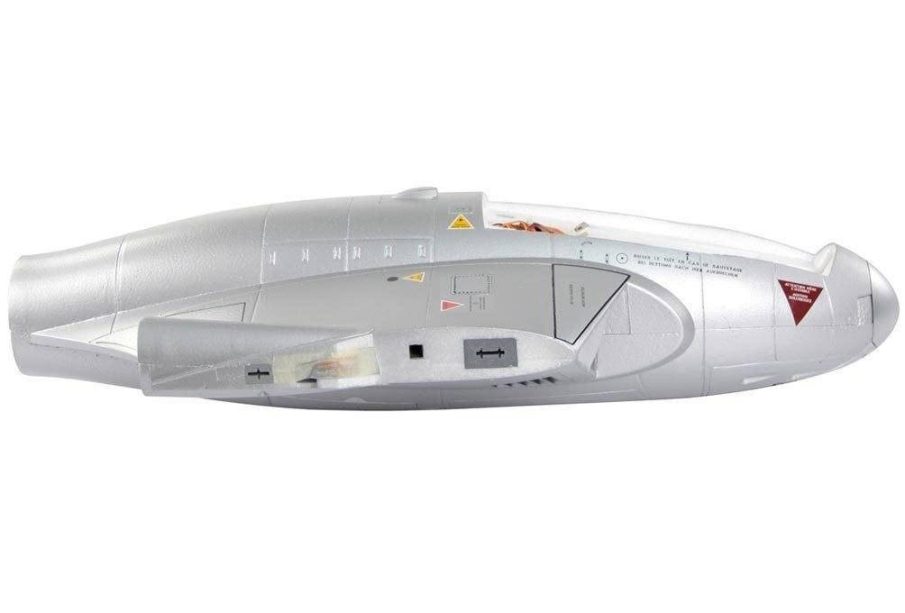Understanding the Fuselage: Key to Aircraft Design

Introduction
The fuselage is a crucial component of an aircraft, serving as the main body that houses the cockpit, passengers, and cargo. Understanding the fuselage’s design and structure is essential not only for aviation professionals but also for enthusiasts looking to comprehend the complexities of modern aircraft. With recent advancements and safety regulations, the relevance of fuselage design has been spotlighted in the industry, making it a timely topic of discussion.
What is a Fuselage?
The fuselage forms the central structure of an aircraft, connecting the wings, tail, and landing gear. It is designed to hold the payload, provide aerodynamic efficiency, and ensure the structural integrity during flight. The design of the fuselage impacts not just the aesthetics of the aircraft but also its performance during various flight conditions.
Types of Fuselages
Fuselages can be categorized primarily into three types: monocoque, semi-monocoque, and truss. The monocoque design features a stressed outer shell that can withstand flight loads, while the semi-monocoque incorporates both an outer skin and an internal framework for additional strength. Truss designs, though less common in modern commercial aviation, utilize a framework of beams and struts for support.
Recent Developments
With technological advancements, modern fuselages are constructed using lightweight composite materials, enhancing fuel efficiency while reducing emissions. The introduction of composite materials helps aircraft manufacturers meet stringent environmental regulations. Additionally, the design of aircraft fuselages is increasingly incorporating computational modeling and simulations, allowing for optimized aerodynamics and structural performance.
Fuselage Safety Measures
In light of several high-profile incidents, fuselage safety has come under greater scrutiny. Emerging technologies are being integrated to improve crashworthiness. For instance, enhanced designs are ensuring better energy absorption during impacts, while rigorous testing scenarios are being mandated by aviation authorities worldwide. Innovations such as reinforced fuselage sections and crash-resistant seats are becoming integral to design considerations.
Conclusion
The fuselage remains a vital aspect of aircraft design, directly influencing safety, performance, and passenger experience. As the aviation industry continues to evolve with advancements in materials and technology, the role of the fuselage will only grow in importance. Understanding the fuselage’s structure and innovations can provide insights into the future directions of aircraft development, ensuring safety and efficiency in air travel.









